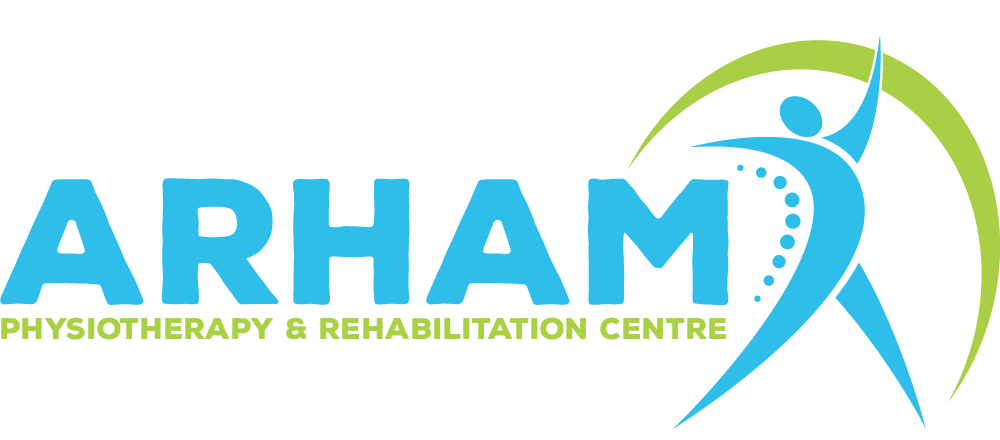Understanding ACL Tears: Causes, symptoms, and risk factors
An anterior cruciate ligament(ACL) tear is a common knee injury that can significantly impact mobility and athletic performance. Whether you’re an athlete or simply active, understanding ACL tears’ causes, symptoms, and risk factors is essential for prevention and timely intervention. Let’s delve into the details of this injury to shed light on its complexities and empower you with knowledge for better knee health.
What is the ACL?
The anterior cruciate ligament(ACL) is one of the major ligaments in the knee. It keeps the shin bone (tibia) from moving forward too much about the thigh bone (femur) and offers stability. However, due to its location and function, the ACL is prone to injury, particularly during sudden stops, changes in direction, or pivoting movements.
Causes of ACL Tears:
ACL tears often occur as a result of non-contact or contact injuries, including:
- Sudden stops or changes in direction: Abrupt deceleration or pivoting motions during sports such as soccer, basketball, and football can place excessive stress on the ACL, leading to tears.
- Direct Impact: Collision or blows to the knee, such as a tackle or fall, can also cause ACL injuries.
- Landing Improperly: Incorrect landing techniques can strain or tear the ACL, mainly from jumps or leaps.
- Overuse or Repetitive Stress: Chronic wear and tear from repetitive movements or overuse can weaken the ACL, making it more susceptible to tears.
Symptoms of ACL Tears:
It keeps the shin bone (tibia) from moving forward too much about the thigh bone (femur) and offers stability:
Sudden and intense pain: A popping sensation in the knee followed by severe pain at the time of injury.
Swelling: Rapid swelling and inflammation around the knee joint within hours of the injury.
Instability: Leg pain, or the sensation that your knee is “giving away” or that you can’t put any weight on it.
Limited range of motion: Difficulty bending or straightening the knee fully, especially during weight-bearing activities.
Joint laxity: Increased looseness or instability of the knee joint, particularly during physical examination.
Risk Factors for ACL Tears:
Several factors may increase the risk of sustaining an ACL tear, including:
- Gender: Females are at higher risk of ACL tears than males, possibly due to differences in anatomy, muscle strength, and neuromuscular control.
- Age: Adolescents and young adults involved in sports or high-impact activities are more susceptible to ACL injuries.
- Previous injury: Individuals with a record of ACL tears or knee instability are at greater risk of re-injury.
- Sports Participation: Participation in sports that involve jumping, cutting, or sudden changes in direction increases the likelihood of ACL tears.
- Biomechanical factors: Poor neuromuscular control, muscle imbalances, and alignment issues may predispose individuals to ACL injuries.
FAQS:
Que: How can I prevent ACL tears during sports activities?
Ans: Preventing ACL tears involves a combination of factors, including proper warm-up and stretching, strengthening exercises for the surrounding muscles, practising good technique, using appropriate footwear, and participating in neuromuscular training programs to improve balance and stability.
Que: Is surgery always necessary for an ACL tear?
Ans: Surgery may be recommended for individuals who wish to return to high-demand activities or those with significant knee instability. However, not all ACL tears require surgery, for other people, the more conservative approaches of physical therapy and rehabilitation may be enough, depending on age, activity level, and extent of injury.
Que: How long does it take to recover from ACL reconstruction surgery?
Ans: It usually takes a few months of physical therapy and rehabilitation after ACL reconstruction surgery to get back on your feet, mobility, and function in the knee. While timelines vary depending on individual factors and the extent of surgery, most people can expect to return to sports and activities within 6 to 12 months post-surgery.
Que: Can ACL tears be prevented in non-athletic individuals?
Ans: While ACL tears are commonly associated with sports activities, non-athletic individuals can also take steps to reduce their risk. Maintaining a healthy weight, avoiding activities that place excessive stress on the knees, practising proper body mechanics during daily tasks, and exercising regularly to strengthen the muscles around the knee can prevent ACL tears in non-athletic individuals.
Que: What are the long-term effects of an untreated ACL tear?
Ans: Untreated ACL tears can lead to chronic knee instability, increased risk of additional knee injuries, and accelerated joint degeneration over time. It’s essential to seek proper evaluation and treatment for ACL tears to prevent long-term complications and maintain knee function and mobility.
Conclusion:
Harm to the anterior cruciate ligament (ACL) can be devastating, interfering with both regular movement and athletic ability. Being mindful of the signs, symptoms, and risk factors of anterior cruciate ligament tears (ACL tears) allows you to take preventative measures, such as joining a neuromuscular training program, honing your landing and cutting techniques, and investing in the right protective gear. In order to avoid more harm and promote the best possible recovery, it is crucial to seek medical examination and treatment for an ACL tear as soon as possible. Repairing knee function and getting back to an active lifestyle safely requires early intervention and rehabilitation.
